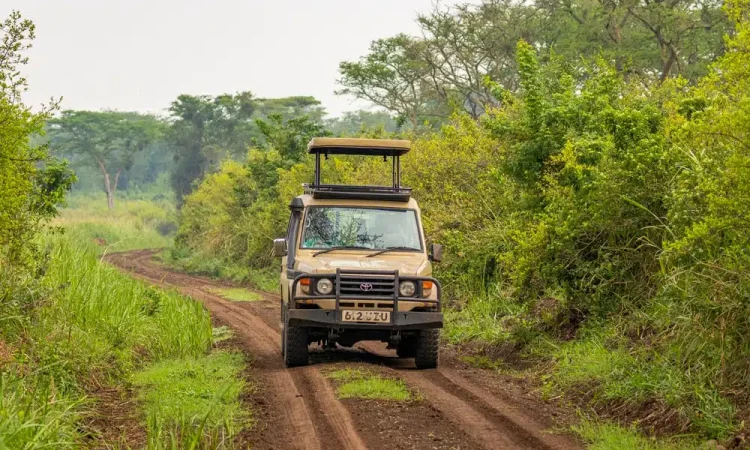Uganda, the “Pearl of Africa,” is a country that reveals its treasures best when explored at your own pace. From mist-covered mountains to sprawling savannas, thundering waterfalls to serene lakeshores, a driver-guide or self drive road trip in Uganda offers an intimate encounter with one of Africa’s most diverse and beautiful nations. This comprehensive guide will help you plan an unforgettable journey through Uganda’s dramatic landscapes and vibrant cultures.
Why Choose a Road Trip in Uganda?
Unlike fly-in safaris or guided bus tours, a road trip gives you the freedom to stop at roadside markets, chat with locals, take detours to hidden waterfalls, and witness everyday Ugandan life unfolding along the highways. The journey between destinations often becomes as memorable as the destinations themselves—whether you’re navigating the winding roads of the Rwenzori foothills, crossing the equator with one foot in each hemisphere, or sharing the road with herds of long-horned Ankole cattle.
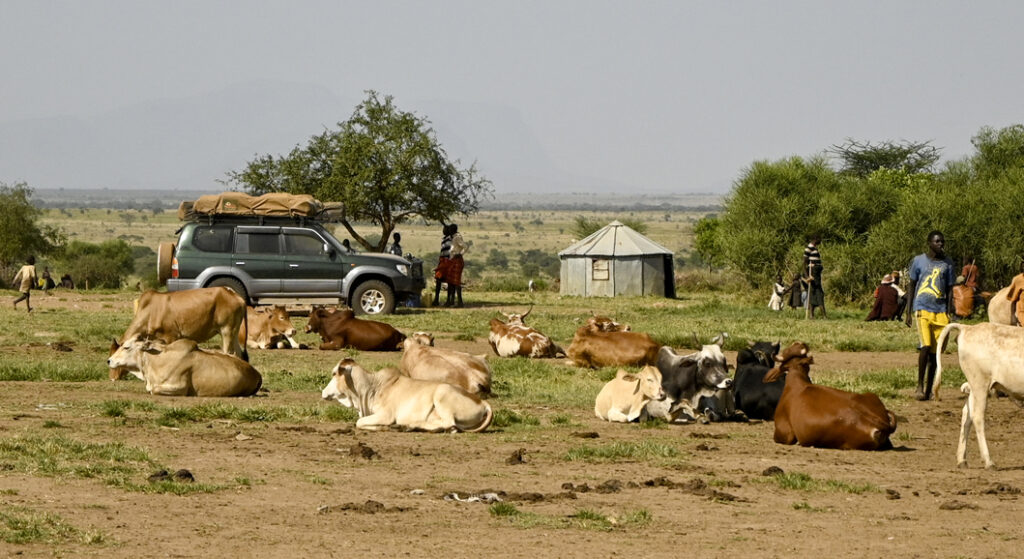
Uganda’s relatively compact size makes it ideal for road tripping. You can drive from Kampala to most major national parks in 4-8 hours, allowing you to combine multiple experiences—gorilla trekking, savanna safaris, chimpanzee tracking, and mountain hiking—into a single epic adventure.
Best Time to Go
Uganda’s equatorial location means you can visit year-round, but timing affects road conditions and wildlife viewing.
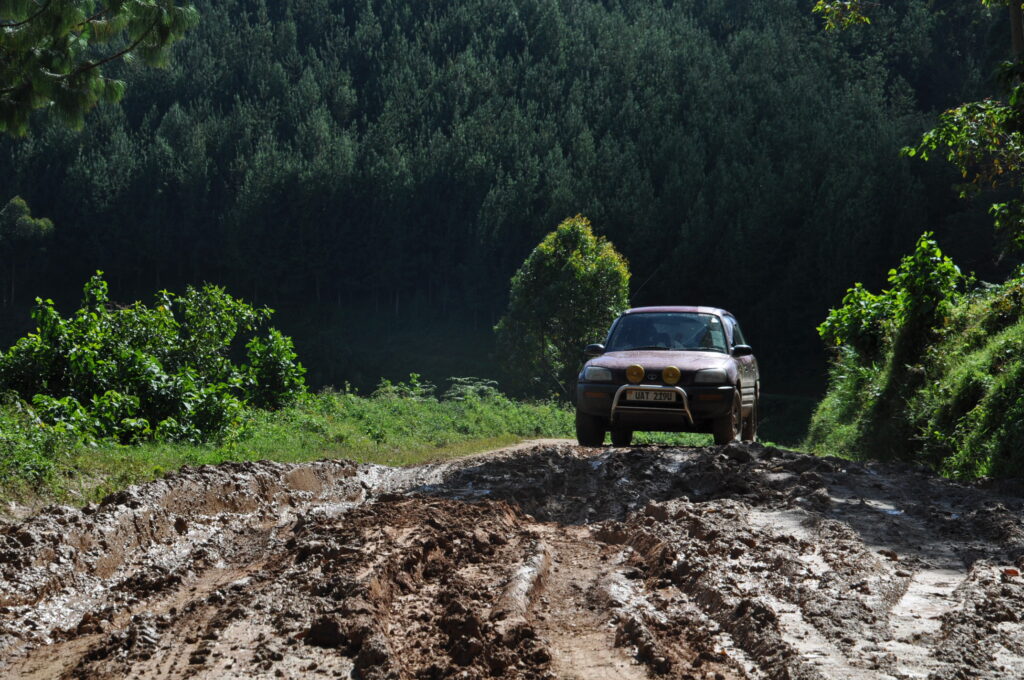
Dry Seasons (December-February and June-September): These are the peak travel periods. Roads are in better condition, wildlife congregates around water sources making game viewing easier, and gorilla trekking is less muddy. However, expect higher accommodation rates and more tourists at popular sites.
Wet Seasons (March-May and October-November): The rains transform Uganda into a lush green paradise. Roads can be challenging, especially in remote areas, but you’ll enjoy lower prices, fewer crowds, and excellent bird watching as migratory species arrive. If you’re experienced with 4WD vehicles and don’t mind occasional mud, this can be a rewarding time to travel.
For gorilla trekking specifically, the drier months offer easier hiking conditions, though permits are harder to secure due to demand.
Choosing Your Vehicle
Your vehicle choice significantly impacts your Uganda road trip experience.
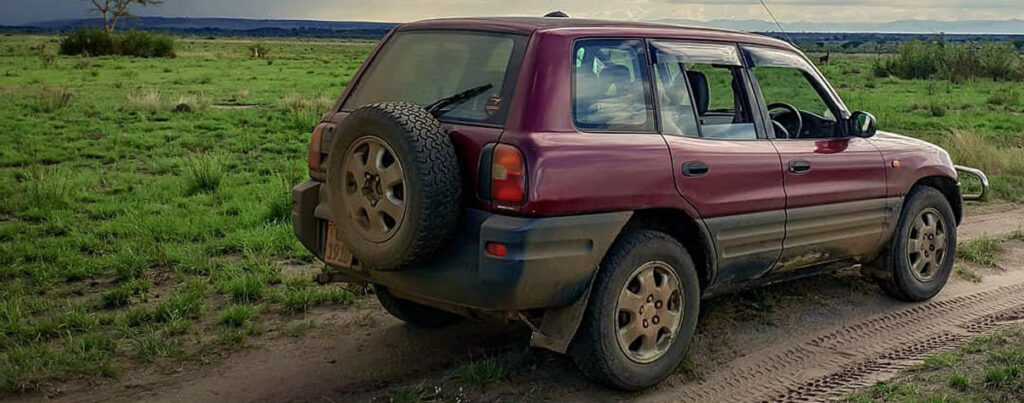
4WD/AWD Vehicles: Essential if you’re visiting national parks or traveling during rainy season. Parks like Kidepo Valley, Murchison Falls, and Queen Elizabeth require 4WD for game drives on rough tracks. A raised suspension helps navigate potholes and flooded sections.
Saloon Cars/2WD: Adequate for sticking to main highways and visiting urban areas, but limiting for park exploration. The Kampala-Entebbe-Jinja triangle is manageable in a regular car, but venturing further requires careful route planning.
Self-Drive vs. Driver-Guide: Renting with a professional driver-guide costs more ($30-50 extra per day) but offers immense value. They know the roads, handle mechanical issues, navigate traffic, and often provide cultural insights. First-time visitors especially benefit from having a driver who speaks local languages and understands Ugandan driving customs.
Rental Tips:
- Book well in advance, especially during peak season
- Inspect the vehicle thoroughly before departing—check the spare tire, jack, and toolkit
- Understand what your insurance covers
- Get a vehicle with good ground clearance
- Ensure you have the rental company’s emergency contact numbers
Essential Documents and Preparations
Documentation:
- Valid driver’s license (international driving permit recommended for self-drive)
- Passport and visa (available on arrival for most nationalities at $50)
- Vehicle registration and insurance documents
- Gorilla or chimpanzee trekking permits (book months in advance through Uganda Wildlife Authority)
Health Preparations:
- Yellow fever vaccination (mandatory—you’ll be asked for proof at immigration)
- Malaria prophylaxis (Uganda is a malaria zone)
- Travel insurance covering medical emergencies and evacuation
- Consult a travel health clinic 6-8 weeks before departure
Financial Planning: Uganda uses the Ugandan Shilling (UGX), though US dollars are widely accepted for major expenses. Bring newer US bills (2013 or later) as older ones are often rejected. ATMs are available in major towns but unreliable in remote areas. Budget for:
- Fuel: $1.10-1.30 per liter
- Park entrance fees: $40-45 per person per day for international visitors
- Accommodation: $30-300+ per night depending on standards
- Gorilla permits: $800 per person
- Chimpanzee tracking: $200 per person
Must-Visit Destinations
Bwindi Impenetrable National Park Home to roughly half the world’s remaining mountain gorillas, Bwindi is Uganda’s crown jewel. The drive from Kampala takes 8-10 hours through rolling hills and terraced farmland. The gorilla trekking experience—spending one precious hour with a habituated gorilla family in their natural habitat—is transformative. The trek can be strenuous, ranging from 1-8 hours depending on gorilla locations, so moderate fitness is required.
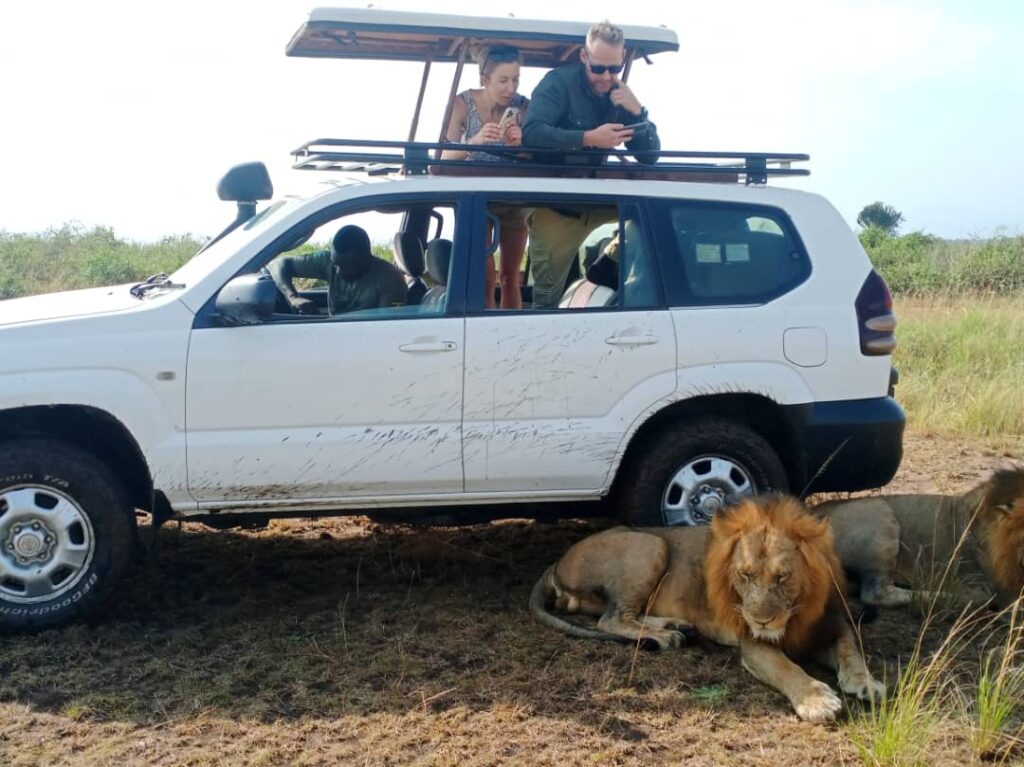
Queen Elizabeth National Park Uganda’s most popular savanna park offers diverse ecosystems: open grasslands, wetlands, crater lakes, and the Kazinga Channel teeming with hippos and crocodiles. The tree-climbing lions of Ishasha sector are a unique sight. The park is 5-6 hours from Kampala via Mbarara, with good tarmac roads most of the way.
Murchison Falls National Park Where the Nile River explodes through a 7-meter gap before cascading 43 meters down, creating a thunderous spectacle. Game drives here reveal elephants, giraffes, lions, and abundant antelope. Boat safaris to the falls’ base provide close encounters with hippos and Nile crocodiles. Located in northwestern Uganda, it’s about 5-6 hours from Kampala.
Kibale Forest National Park The primate capital of the world hosts 13 primate species, including over 1,500 chimpanzees. Morning chimpanzee tracking excursions offer thrilling encounters with our closest relatives as they feed, play, and vocalize in the forest canopy. The park is near Fort Portal, a charming town surrounded by crater lakes.
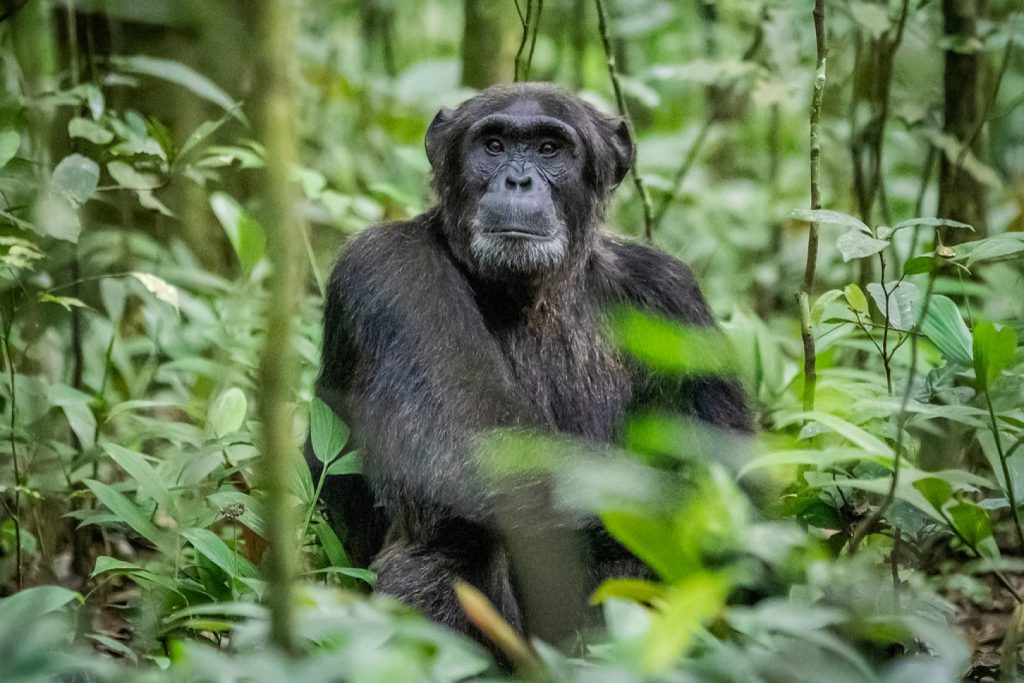
Lake Bunyonyi After the intensity of gorilla trekking, Lake Bunyonyi offers tranquil recuperation. This bilharzia-free lake dotted with 29 islands is perfect for canoeing, swimming, and simply unwinding. Terraced hillsides surrounding the lake create a stunning amphitheater of green.
Jinja and the Source of the Nile Just 80km from Kampala, Jinja is Uganda’s adventure capital. White-water rafting, kayaking, bungee jumping, and sunset cruises on the Nile provide adrenaline rushes and relaxation in equal measure. The town itself has a pleasant riverside atmosphere with good restaurants and accommodations.
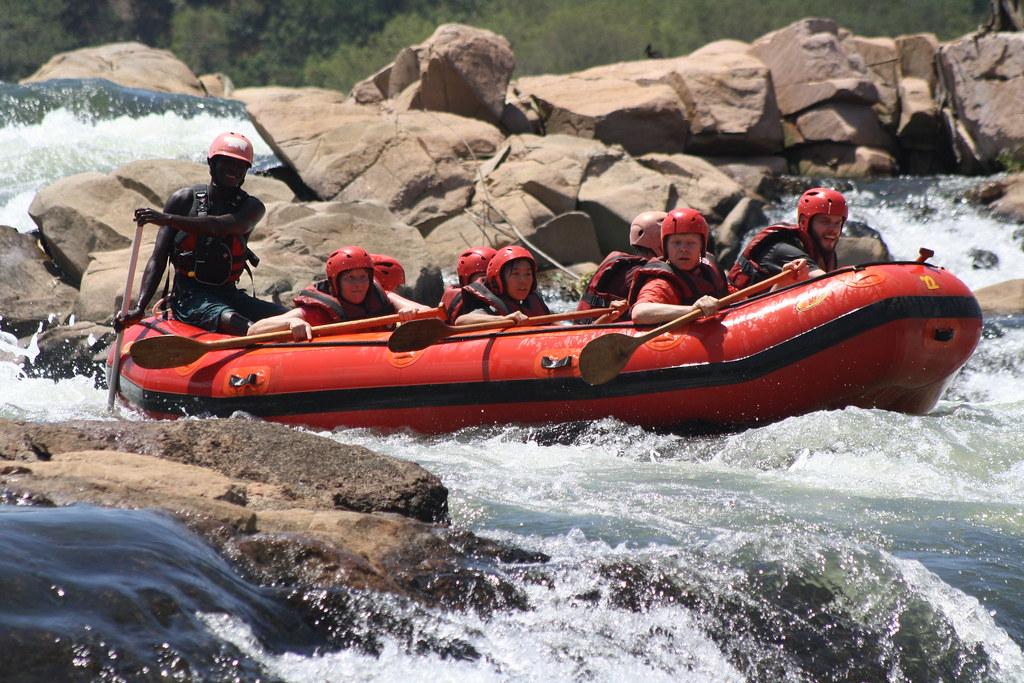
Kidepo Valley National Park For adventurous travelers, this remote northeastern park offers unspoiled wilderness and spectacular scenery. The 10-hour drive from Kampala is challenging but rewards you with excellent game viewing and few other tourists. Consider flying in if time is limited.
Sample Itineraries
The Classic 10-Day Loop:
- Day 1: Arrive Entebbe, collect vehicle, overnight in Kampala
- Days 2-3: Drive to Murchison Falls, game drives and boat safari
- Day 4: Drive to Kibale via Hoima
- Day 5: Chimpanzee tracking in Kibale
- Days 6-7: Queen Elizabeth National Park (game drives, boat safari, tree-climbing lions)
- Days 8-9: Bwindi Impenetrable Forest (gorilla trekking)
- Day 10: Return to Kampala via Lake Mburo (short game drive), depart
The Primate and Peaks Adventure (14 Days): Add Jinja (2 days), Lake Bunyonyi (2 days), and Mount Elgon or Rwenzori Mountains hiking (2-3 days) to the classic loop for a more comprehensive experience.
The Quick Weekend Escapes:
- Jinja: 2-3 days of water sports and relaxation
- Lake Mburo: 2 days for a quick safari fix (closest park to Kampala)
- Sipi Falls: 2-3 days for hiking, coffee tours, and waterfall rappelling
Driving in Uganda: What to Expect
Road Conditions: Main highways connecting major cities are generally well-maintained tarmac, though potholes appear unpredictably. Secondary roads vary dramatically—some are smooth murram (graded dirt), others are rutted, rocky challenges. Always drive defensively and watch for:
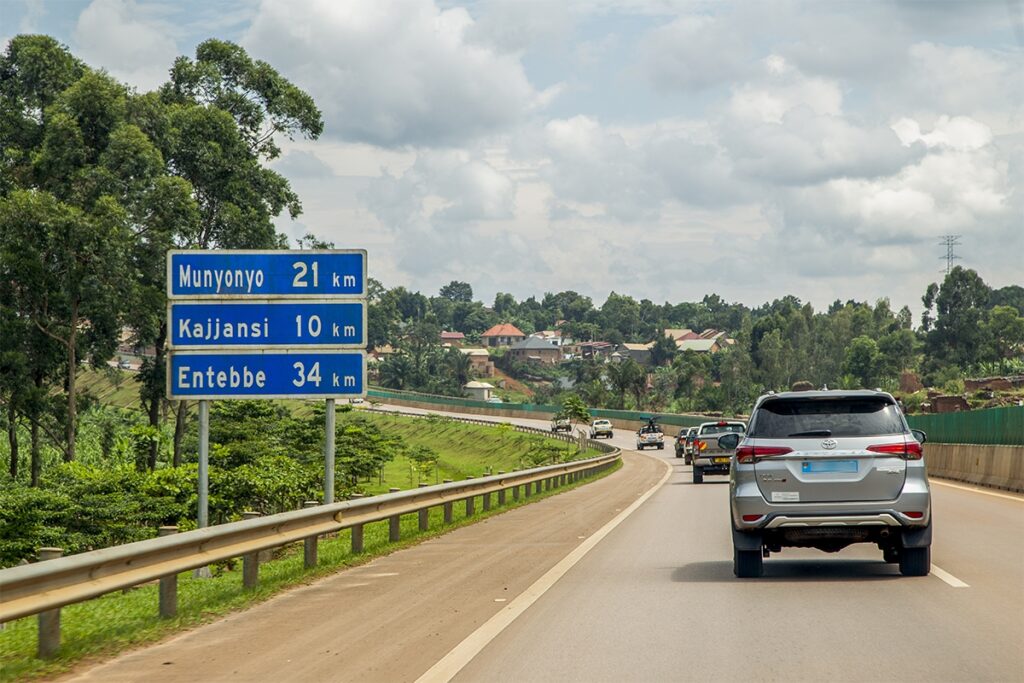
- Potholes that can swallow wheels
- Speed bumps (often unmarked) in towns and villages
- Pedestrians, cyclists, and livestock sharing the road
- Aggressive minibus taxis (matatus) making sudden stops
Driving Culture: Ugandan driving can be chaotic by Western standards. Patience and defensive driving are essential. Overtaking happens frequently, sometimes on blind corners. Drive at a comfortable pace rather than rushing—locals will pass if they’re in a hurry.
Navigation: Google Maps works reasonably well on main routes but can be unreliable in remote areas. Download offline maps before departing. Road signage is inconsistent, so having a driver-guide or asking locals for directions helps immensely.
Fuel: Petrol stations are common along main highways but scarce in remote areas. Fill up whenever possible, especially before entering national parks. Keep a jerry can of extra fuel for remote destinations like Kidepo.
Night Driving: Avoid it. Unlit vehicles, pedestrians in dark clothing, potholes, and animals on roads make night driving genuinely dangerous. Plan to reach destinations before dark.
Accommodation Options
Uganda offers remarkable accommodation diversity.
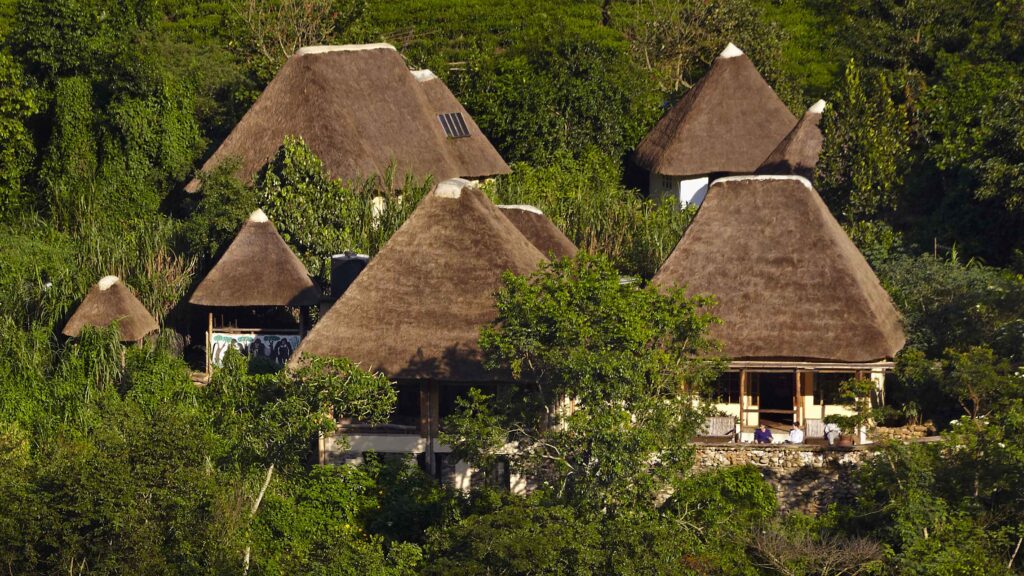
Luxury Lodges ($200-500+ per night): Properties like Apoka Safari Lodge in Kidepo, Bwindi Lodge, and Mweya Safari Lodge offer gourmet dining, stunning views, and exemplary service in remote locations.
Mid-Range Lodges and Tented Camps ($80-200): Comfortable bandas or tents with en-suite bathrooms, good meals, and prime locations near park gates. Excellent value for money.
Budget Options ($20-80): Basic lodges, guesthouses, and campsites provide clean, simple accommodation. Community campsites near parks offer authentic experiences with basic facilities.
Booking Strategy: Book accommodation near park gates to maximize wildlife viewing time. During peak season, reserve months ahead for popular properties. Consider staying outside parks for cheaper rates—you’ll need to enter the park daily, but savings can be substantial.
Packing Essentials
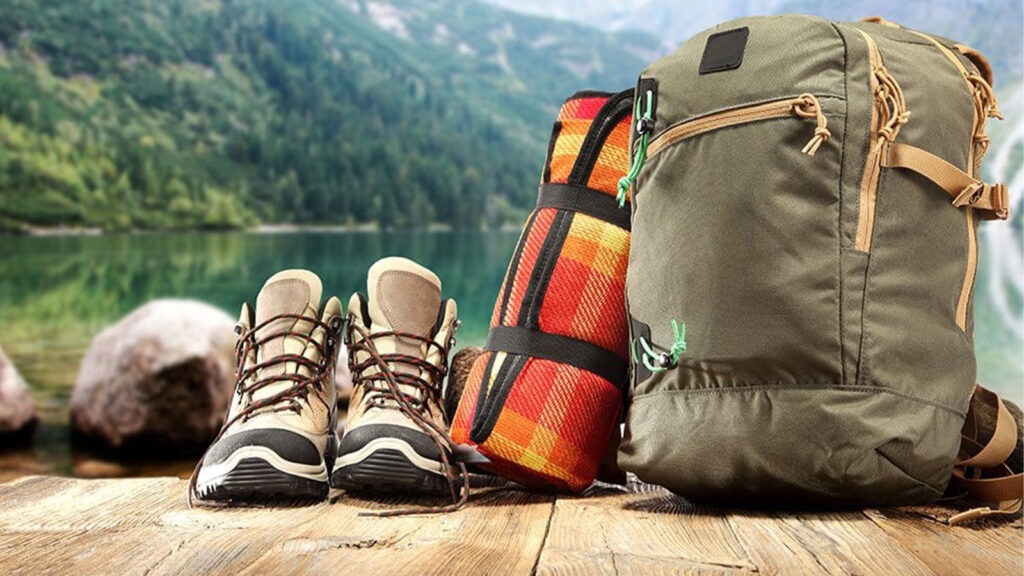
Clothing:
- Layers for varying temperatures (cool mornings, warm days, cold mountain evenings)
- Long sleeves and pants for gorilla trekking and mosquito protection
- Waterproof jacket regardless of season
- Sturdy, broken-in hiking boots
- Hat and sunglasses
- Modest clothing for town visits (shoulders and knees covered)
Equipment:
- Good camera with zoom lens (200mm minimum for wildlife)
- Binoculars
- Portable phone charger/power bank
- Headlamp or flashlight
- First aid kit with blister treatment
- Water purification tablets or filter
- Mosquito repellent (DEET-based)
- Sunscreen
Provisions:
- Snacks for long drives between towns
- Reusable water bottle
- Hand sanitizer and wet wipes
- Toilet paper (not always available)
Cultural Considerations
Ugandans are generally warm and welcoming to visitors. Respect local customs:
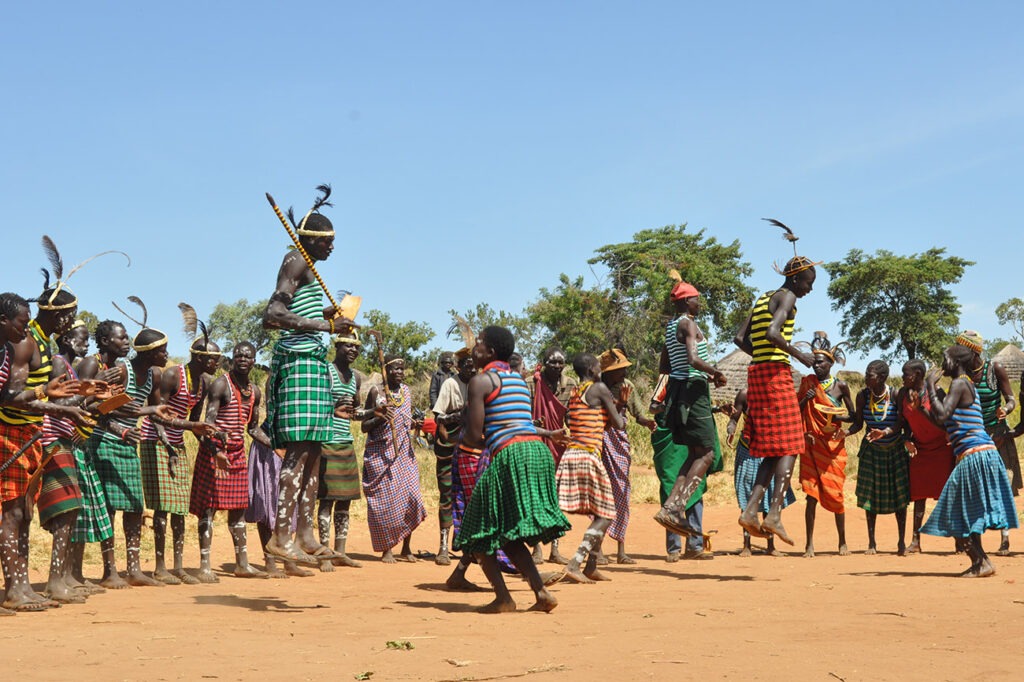
Photography: Always ask permission before photographing people. Many appreciate a small tip if you’re taking portraits at markets or villages.
Dress: Conservative dress is appreciated, especially in rural areas and around religious sites. Avoid revealing clothing.
Greetings: Take time for proper greetings. A simple “Hello, how are you?” goes a long way. Learning basic Luganda phrases (“Oli otya?” – How are you?) delights locals.
Bargaining: Expected at markets and with street vendors, but not in established shops or restaurants. Bargain good-naturedly, not aggressively.
Tipping: 10% in restaurants if service charge isn’t included. Tip guides, drivers, and porters generously—these are often low-paid positions where tips constitute significant income.
Safety Considerations
Uganda is generally safe for travelers, but sensible precautions apply:
- Keep valuables out of sight in vehicles
- Don’t leave bags visible in parked cars
- Use hotel safes for passports and extra cash
- Be cautious in Kampala after dark
- Avoid political rallies or large gatherings
- Don’t display wealth conspicuously
- Register with your embassy upon arrival for long trips
Wildlife safety: Always maintain distance from animals, never leave your vehicle during game drives (except at designated areas), and follow ranger instructions during primate treks.
Sustainable and Responsible Travel
Tourism significantly benefits Uganda’s economy and conservation efforts. Travel responsibly:
- Book with licensed, reputable operators
- Respect wildlife viewing distances and rules
- Support community tourism initiatives
- Buy handicrafts directly from artisans when possible
- Minimize plastic use—bring a reusable water bottle
- Stay on designated trails in parks and forests
- Don’t encourage children to beg by giving handouts; donate to schools or NGOs instead
Making the Most of Your Journey
- Start Early: Wildlife is most active in early morning. Getting to park gates when they open maximizes sightings.
- Be Flexible: Road conditions, weather, and animal movements are unpredictable. Build buffer days into your itinerary.
- Engage Locals: Some of the best experiences come from conversations with Ugandans. Ask your driver-guide about their life, stop at local restaurants (ask for “food” not “menu” for authentic meals), and visit community projects.
- Slow Down: Resist the urge to cram in too much. Spending two nights at each destination rather than rushing through allows deeper experiences and reduces exhausting drive times.
- Document Wisely: While photos are precious, don’t experience everything through a lens. During your hour with gorillas, put the camera down periodically and simply observe these magnificent creatures.
The Road Less Traveled
Consider these lesser-known gems:
- Semuliki National Park: Hot springs and unique lowland rainforest fauna near the Congo border.
- Mount Elgon National Park: Hike to Sipi Falls or tackle multi-day treks to the caldera rim.
- Lake Mburo National Park: Small but lovely, with zebras, impalas, and walking safaris on offer.
- Pian Upe Wildlife Reserve: Uganda’s largest protected area, remote and wild with unique dry-country species.
Final Thoughts
A road trip through Uganda is more than visiting spectacular destinations—it’s about embracing the journey, from the organized chaos of Kampala traffic to the profound silence of misty mountain forests, from shared smiles with children shouting “Muzungu! How are you?” to the heart-stopping moment when a silverback gorilla makes eye contact with you.
The roads may be rough, plans may change, and not everything will go smoothly. That’s part of the adventure. What you’ll take home are memories of a country that captivates with its natural beauty, rich biodiversity, and the genuine warmth of its people.
Pack your sense of adventure, embrace flexibility, and prepare for a journey that will expand your horizons and quite possibly change how you see the world. Uganda awaits, and the open road is calling.
To book a rental car in Uganda for self drive or driver-guided road trip- simply contact us now by sending en em ail to info@ugandacarrentaldeal.com or call us now on +256-700135510 to speak with the reservations team.
